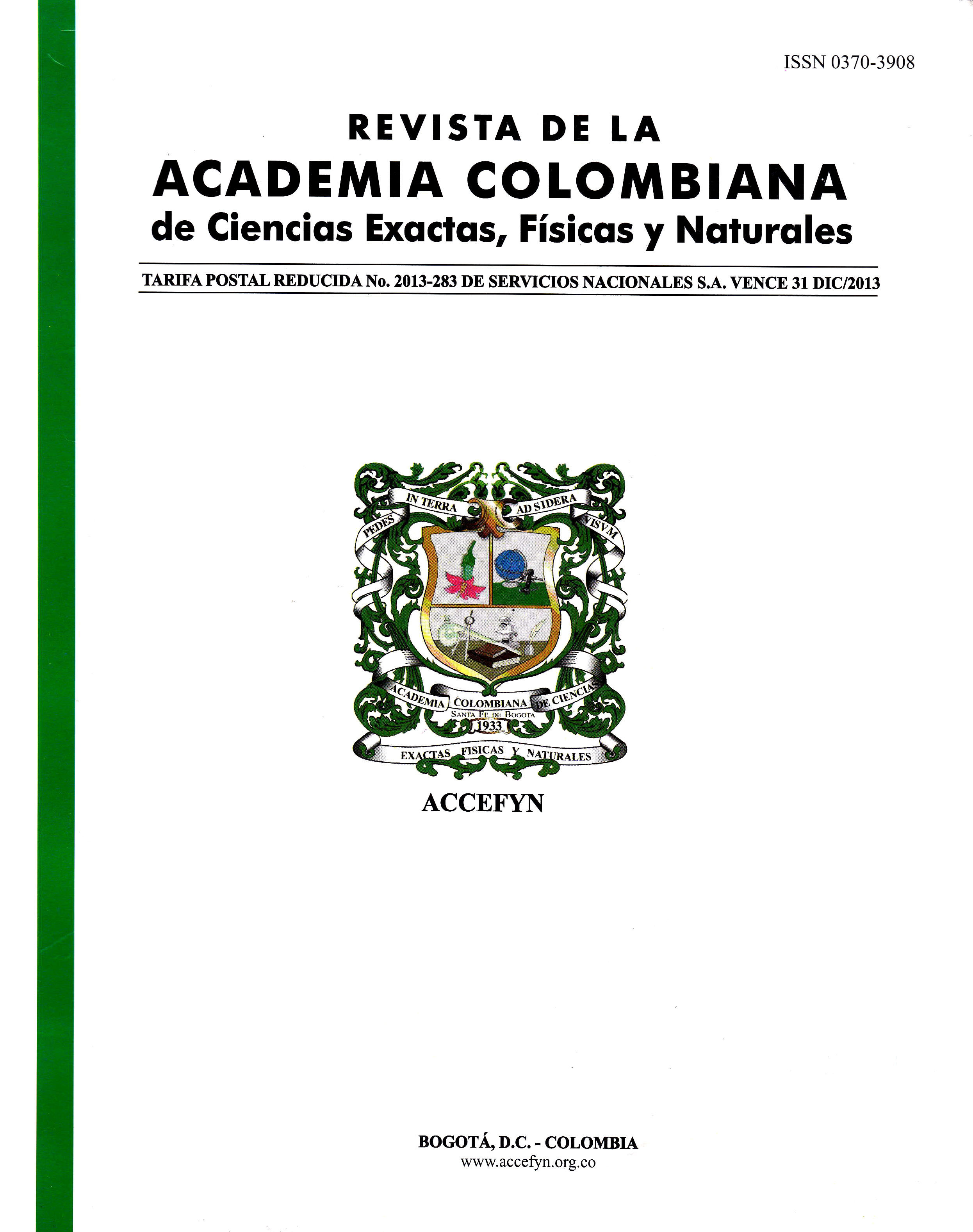Resumen
El método de fraccionamiento con detergentes descrito por Rambsy y Makowski en 1999, fue modificado utilizando un buffer con digitonina (0,015%) para permeabilizar células HTR8/SVneo de trofoblasto humano, extrayendo las proteínas de citoplasma en la fracción soluble y solubilizando las de membrana a partir del precipitado con un buffer con Tritón X-100 (0,5%). Se obtuvo un extracto reproducible de proteínas citoplasmáticas libre de proteínas de membrana y se adecuó para electroforesis bidimensional (2-DE) por precipitación con clorofomo/metanol. En conclusión, el método aquí descrito resulta adecuado para la obtención de sub-proteomas de citoplasma a partir de líneas celulares, con una reproducibilidad y recuperación óptimas para el análisis de perfiles proteómicos por electroforesis bidimensional.
Referencias
Dowling, P. M., P. Dowd, A. Henry, M. Glynn, S. Clynes, M. 2007. “Proteomic analysis of isolated membrane fractions from superinvasive cancer cells.” Biochimica et Biophysica Acta 1774:93-101.
Everberg, H., T. Leiding, et al. 2006. “Efficient and non-denaturing membrane solubilization combined with enrichment of membrane protein complexes by detergent/polymer aqueous two-phase partitioning for proteome analysis.” Journal of Chromatography A 1122(1-2): 35-46.
Ferretti, C., L. Bruni, et al. (2007). “Molecular circuits shared by placental and cancer cells, and their implications in the proliferative, invasive and migratory capacities of trophoblasts.” Hum Reprod Update 13(2):121-141.
Foster, L. J., et al. 2005. “Differential expression profiling of membrane proteins by quantitative proteomics in a human mesenchymal stem cell line undergoing osteoblast differentiation”. Stem Cells 23(9):1367-1377.
Gonnet, F., et al. 2003. “MALDI/MS peptide mass fingerprinting for proteome analysis: identification of hydrophobic proteins attached to eucaryote keratinocyte cytoplasmic membrane using different matrices in concert”. Proteome Science 1(1):2.
Graham, C. H., T. S. Hawley, et al. 1993. “Establishment and Characterization of First Trimester Human Trophoblast Cells with Extended Lifespan”. Experimental Cell Research 206(2):204-211.
Jethwaney, D., et al. (2007). “Proteomic analysis of plasma membrane and secretory vesicles from human neutrophils”. Proteome Science 5(1):12.
Liang, X., et al. 2006. “Quantification of membrane and membrane-bound proteins in normal and malignant breast cancer cells isolated from the same patient with primary breast carcinoma.” J. Proteome Res 5(10):2632-2641.
McCarthy, F. M., S. C. Burgess, et al. 2005. “Differential Detergent Fractionation for Non-electrophoretic Eukaryote Cell Proteomics.” Journal of Proteome Research 4(2):316-324.
Payrastre, B., M. Plantavid, et al. 1988. “Characterization of plasma membranes from A431 cells, isolated by self-generating Percoll gradient: a rapid isolation procedure to obtain plasma membranes with functional epidermal growth factor receptors”. Biochimica et Biophysica Acta (BBA) - Biomembranes 939(2):355-365.
Reiner Westermeier, T. N., Hans-Rudolf Höpker 2008. Proteomics in Practice: A Guide to Successful Experimental Design. Weinheim, Wiley-VCH.
Roobol-Bóza, M., V. Dolby, et al. 2004. “Membrane protein isolation by in situ solubilization, partitioning and affinity adsorption in aqueous two-phase systems: Purification of the human type 1 11[beta]-hydroxysteroid dehydrogenase.” Journal of Chromatography A 1043(2):217-223.
Selinsky, B. S. (Ed.) 2003. Membrane Protein Protocols: Expression, Purification, and Characterization. Methods in Molecular Biology, Humana Press.
Vertommen, A., B. Panis, et al. 2011. “Challenges and solutions for the identification of membrane proteins in non-model plants.” Journal of Proteomics 74(8):1165-1181.
Walker, J. M., (Ed.) 2005. The Proteomics Protocols Handbook. Totowa, New Jersey, Humana Press Inc.
Zhang, L., et al. 2008. “Dataset of the plasma membrane proteome of nasopharyngeal carcinoma cell line HNE1 for uncovering protein function.” Acta Biochimica et Biophysica Sinica 40(1):55-70.

Esta obra está bajo una licencia internacional Creative Commons Atribución-NoComercial-SinDerivadas 4.0.
Derechos de autor 2023 https://creativecommons.org/licenses/by-nc-nd/4.0

